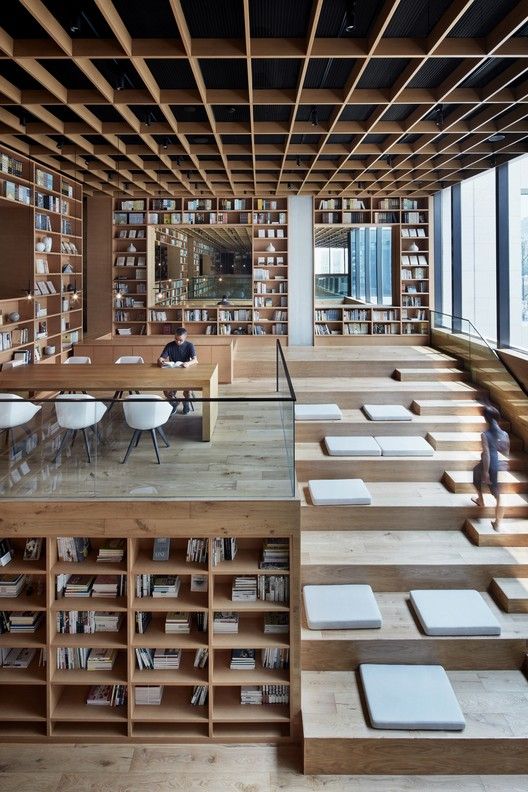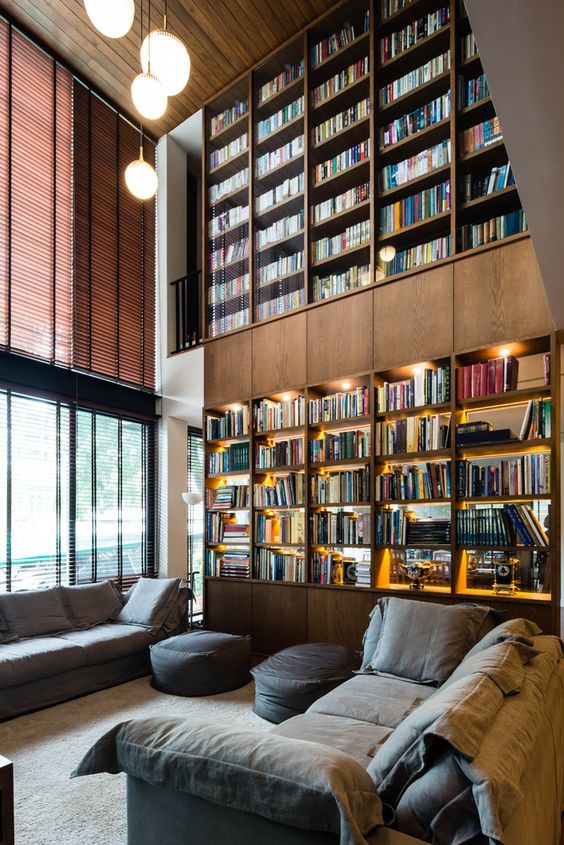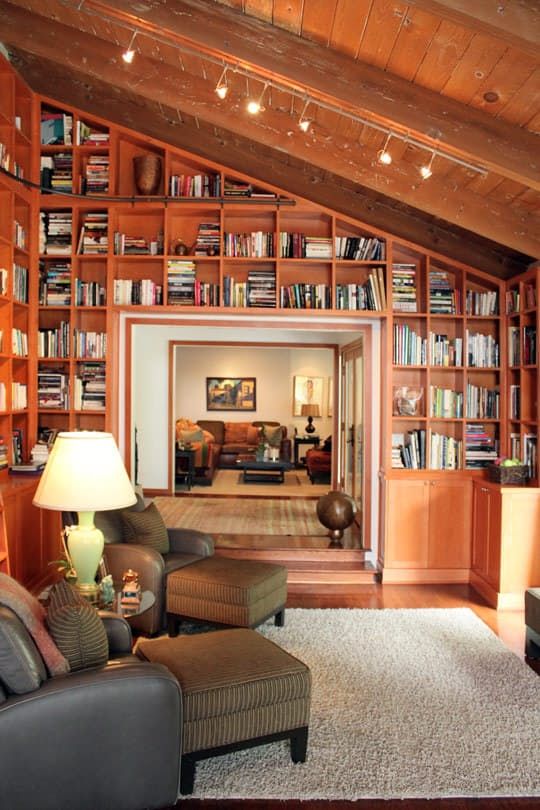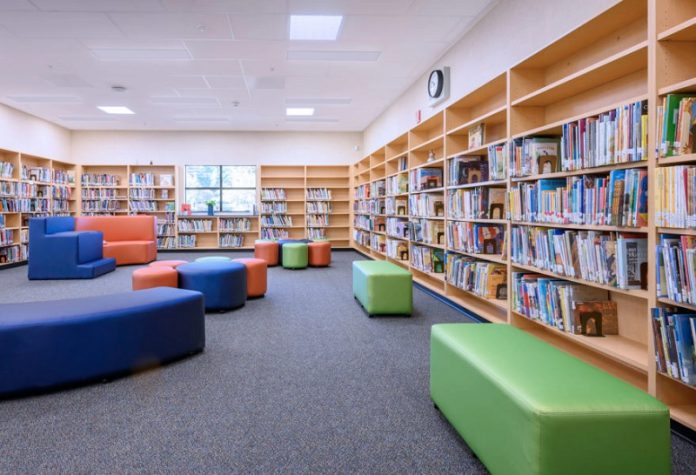4nids.com – The contemporary library is a place to access knowledge in all its forms, across media, and across time. These modern libraries feature informal spaces for exchange, as well as a series of formal areas. In the design of a contemporary library, emphasis is placed on public spaces, which foster collective learning and recognition of individual natures. Through a diverse range of settings, contemporary libraries aim to serve diverse characters and make them feel welcome. The following are some of the main characteristics of contemporary libraries.
Making Modern Libraries More Interactive and Attractive
The modern library is more interactive and visually appealing than ever. Using geometric shapes and futuristic design, contemporary libraries have altered the way people view libraries. These libraries have made reading a more fun, exciting activity that is relevant to our contemporary culture. Contemporary libraries are a great place to get lost in a book. And they are becoming a popular place for all ages and classes to congregate. These libraries have paved the way for a more interactive, interdisciplinary approach to the library.
Libraries are often seen as places of transition. For example, many people think of libraries when they are thinking about retiring. Some use them to stay connected with friends and family. Others use them for research purposes and to help them discover new ideas. Ultimately, the purpose of a library is to support learning and keep its patrons informed and engaged. However, the role of a library should not be underestimated. The future of a library is inextricably tied to the needs of its users.

The role of a library has changed in a network society. While its mission used to be the same, its focus is now different: it should provide access to knowledge and facilitate the search for information. Digital technology has revolutionized the process of learning, acquiring knowledge, and consuming culture. In the digital age, libraries must adapt to these changes in order to maintain their relevance to their users. Its role is evolving and its future is uncertain.
More Flexible Library Style
Today’s libraries are more flexible and multifaceted than they were in the foundational years of their evolution. Staff members and students come and go with more frequency. Adapting to these changes is an ongoing process. To make libraries more effective and more useful, library staff members should be proactive. The library should be open to ideas, and they should be able to communicate effectively with other members of the community. You must also be responsive to changing needs in order to maintain a strong public library.

The etymological origin of the word library suggests that a library is a place where people can read to their children. For students, it is a place to study, research, and explore new ideas. A library is a place where people can build community and learn. A contemporary library will be one that is open to the public and offers the resources and space needed to foster knowledge. You can visit your local library to check out books and find the right one for your needs.
The Sophistication of Today’s Libraries
The challenges of higher education are changing every aspect of the library’s operations and services. Technology developments have changed the way people use information, and massive open online courses have shifted the spotlight onto universities. Traditional university buildings and services are changing, as are the student population. Increasing student access to the Internet and mobile devices have made libraries the hub of the university. This article highlights some of the key issues facing contemporary libraries and how they can address them. There are many ways for libraries to adapt to the changing needs of their students.

Traditionally, a traditional library has a large central arrival area that is well-lit and voluminous. Its design has been influenced by a desire to create the ideal environment for books, not to provide a user experience. For example, the Baroda Central Library has a circulation desk and only a few vertical openings. The entrance space, however, is the most informal of the two. Stacks of books are piled up in the arrival space. If you wish to send your article to 4nids, you can check out this page!





